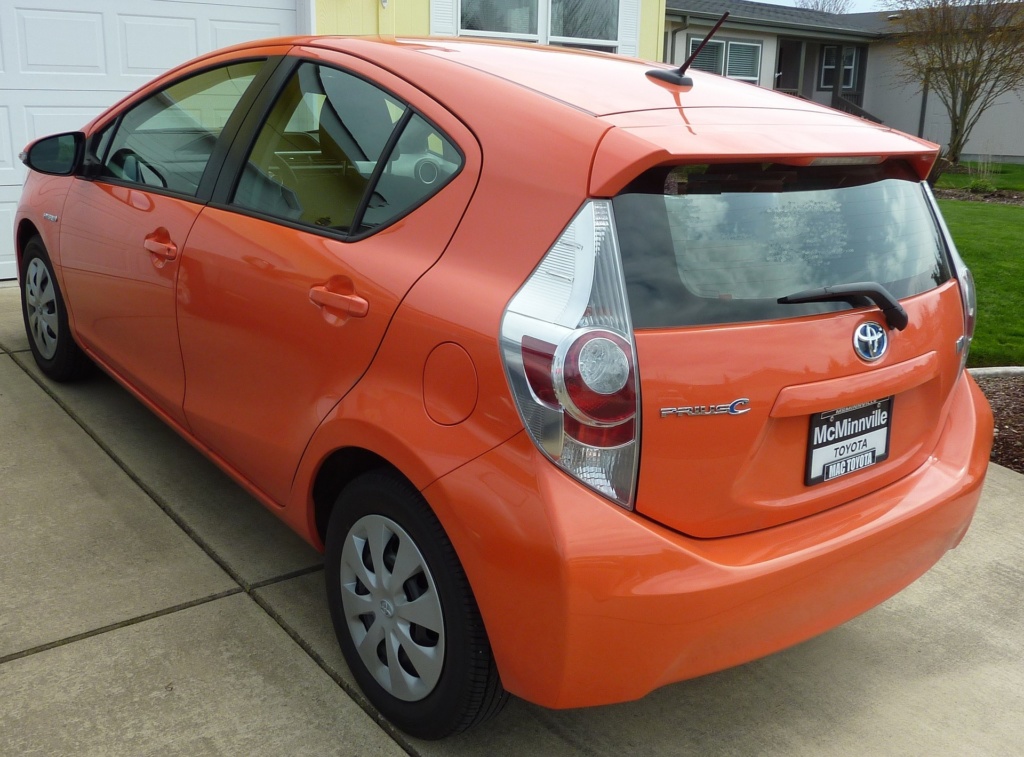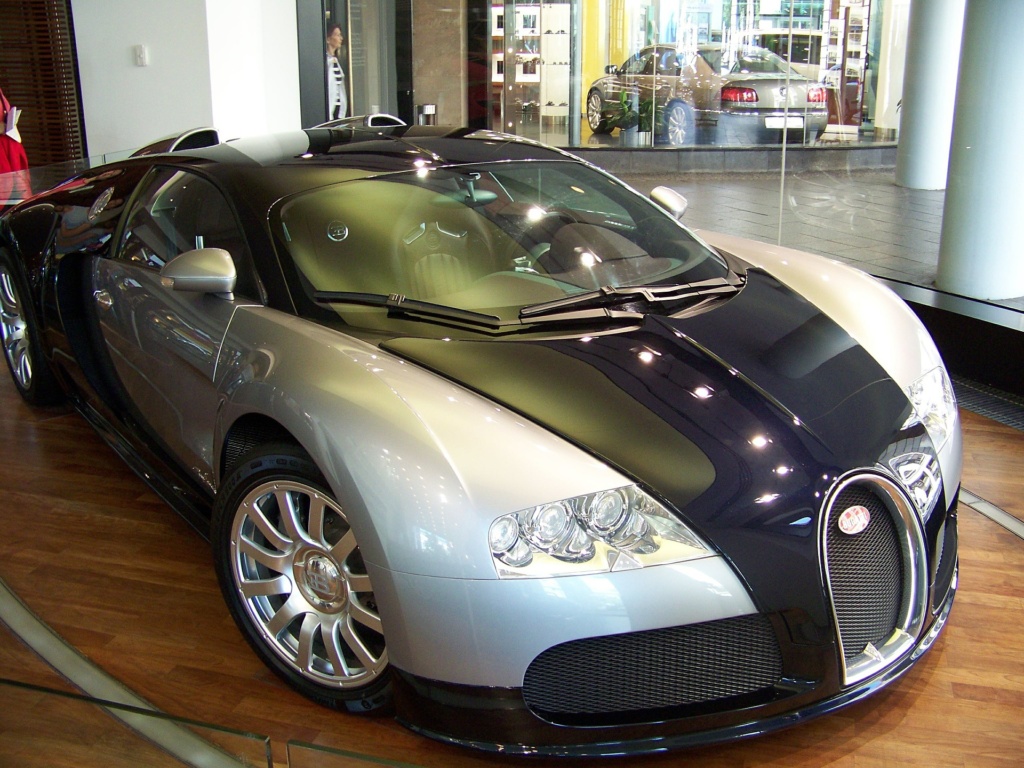Automotive Aerodynamics
By on Mar 30 2018

In today's world, automotive aerodynamics and efficiency are a priority. The gas mileage a car gets is also a key selling point for people who are car shopping. Automotive aerodynamics requires designers and engineers to ensure the car encounters the least possible amount of resistance. Ideally, they would save fuel while increasing speed.
Coefficient of Drag

Engineers measure a car's aerodynamic efficiency by its coefficient of drag (Cd). The Cd is determined by an equation explaining the relationship an object has with the air around it, and especially when it moves through it.
Designers strive for a specific drag coefficient. The four factors they consider when they calculate this value are drag force, air density, airspeed, and the size of the frontal area. Different methods are implemented to figure such characteristics out. One of these methods includes testing in air tunnels.
Automobile companies want each new model they design to become more "slippery" by lowering the drag coefficient. They try to give the car the ability to go the same speed as an older model, but by using less power. Designers compare the Cd multiplied by frontal area to get the total amount of drag and increase efficiency.
Comparing Cd Values

Taking a look at a vehicle with a particularly high Cd compared to one with a low Cd gives us a good idea of the types of vehicles we are referring to.
One of the most well-known efficient cars is the Toyota Prius Hybrid. It is a plug-in, tear-shaped hybrid capable of running on power from its two electric motors for up to 25 miles. The fourth-generation Prius' Cd value is 0.24. It gets 51 mpg in the city and 48 mpg on the highway.
It may seem like incredibly expensive cars would successfully conquer the efficiency issue, but the opposite is true. Their sleek, low bodies help with speed but the supercars require bigger engines, larger breakers, and more powerful heating and cooling systems--all of which negatively impacts Cd.
An example of this type of car is the Bugatti Veyron Super Sport. It has a drag of 0.36 Cd--the same as a Cadillac Escalade. It gets a mere 7 mpg in a city and 15 mpg on the highway. The car has also been deemed the fastest car in the world, with a top speed of 267 mph and goes from 0 to 60 in 2.4 seconds.
Finding an aerodynamic car that you like with a reasonable Cd can be a challenge. It may require finding a compromise and balance; however, finding an efficient car you love is worth it!
Sources: https://www.carthrottle.com/post/drag-coefficients-explained-which-kind-of-car-is-slippiest/ https://www.howacarworks.com/technology/car-aerodynamics https://www.autoevolution.com/news/bugatti-chiron-gas-mileage-is-bad-but-not-veyron-bad-119471.html






